Given that Mitsubishi has a long history of producing seven-seater models such as the upcoming Xpander, the general public still doesn’t necessarily associate the capacious bodystyles with the Japanese brand.
It’s a shame, as the Japanese brand has an illustrious history in this field, having produced the likes of the Grandis, Space Wagon (Chariot), Delica, Space Gear and of course, the Pajero in particular, which was a common presence on Malaysian roads in the 1990s, and these seven-seaters were certainly instrumental in transporting many a household in Malaysia at the time.
Let’s start with the Chariot. The first Chariot emerged in 1983, and the model featured engines ranging from 1.6 litres to 2.0 litres for the petrol versions, while a 1.8 litre diesel was available from 1984. Permanent four-wheel-drive was also made available on the 2.0 litre-engined Chariot that same year, while Japanese buyers could also get a 1.8 litre single overhead cam turbocharged engine in an MR Turbo version until the 1987 model year.
The first generation Chariot would carry on until 1991, when it was succeeded by a larger model with a longer wheelbase. Here, available engines were inline four-cylinder units that ranged from the 4G93 1.8 litre, through the 2.0 litre 4G63 that replaced the previous G63B, to the 2.4 litre 4G64 that was introduced in 1993.
This generation saw a limited-run 4WD turbo called the Resort Runner GT, which borrowed the powertrain from the Lancer Evolution and Galant VR-4, and made 230 PS in manual guise and 220 PS with the automatic transmission. The third-generation Chariot was introduced in 1997, which again grew larger to offer more spacious accommodation.
This was known in its home market as the Chariot Grandis at this point, and also marked the car’s transition from ladder frame construction to a monocoque build. A 2.4 litre inline-four joined the 2.0 litre single overhead cam 4G63 16-valve engine in the line-up, along with a new 3.0L V6.
The Mitsubishi Grandis made its debut in 2003 to replace the Chariot, and was available with a 4G69 2.4 litre MIVEC inline-four cylinder petrol, and a 2.0 litre inline-four turbodiesel. Depending on market, transmission choices were either a five-speed manual, a four-speed automatic or a six-speed manual for diesel-engined versions.
Following the 2005 arrival of the Grandis into Malaysia, the facelift landed on our shores in 2007, transporting up to seven persons with its 2.4 litre MIVEC inline-four cylinder petrol engine with 165 PS and 217 Nm of torque, mated to an INVECS-II four-speed automatic transmission. To maximise room for occupants and cargo alike, the seven-seat layout was flexible, and the cabin also offered plenty of storage.
Mitsubishi’s 2.4 litre MPV was updated once more in 2010 with a richer kit list, this time gaining self-levelling xenon headlamps, a 2-DIN LCD touch screen head unit with satellite navigation and reversing camera display, keyless entry and start as well as a powered tailgate.
Stepping up the ruggedness stakes is the Delica. Derived from ‘Delivery Car’, the nameplate drew upon a long line of tall-riding vans wearing the Delica nameplate that dates back to 1968, from the Coach Deluxe of 1971 through the purposeful-looking Star Wagon Exceed 4WD variants of the ’80s and the ’90s.
A wide range of powertrains was on offer in this time, as the third-generation was offered with petrol engines from 1.4 to 2.4 litres, and turbodiesels up to 2.5 litres. A naturally aspirated 2.6 litre diesel was present in this line-up as well, and transmission options were either a four-speed automatic or a five-speed manual.
The Delica Space Gear, otherwise simply known as the Space Gear in certain markets, carried the Delica nameplate into its fourth generation, this time without the truck versions that were part of the Delica range in previous generations. This also shifted the Delica’s front-mid engine position further forwards and the front axle line followed suit, yielding more of a bonnet line.
Engine displacement also grew incrementally with this revision, and the powertrains comprised of 2.4 litre inline-four or 3.0 litre V6 petrol engines, as well as 2.5 litre and 2.8 litre inline-four turbodiesels, depending on market.
The Space Gear was then succeeded by the fifth-generation Delica of 2014, which was dubbed ‘the world’s first Sport Utility MPV’ at the time. Though the Indonesia market Delica was 2WD only and looked rather more road-bound than the likes of the Space Gear, it nonetheless had 190 mm of ground clearance and was fitted with high-profile tyres, and Mitsubishi also made particular note of its long-travel suspension.
The Delica D:5 followed in 2018, wearing a new look that is a radical departure from the generation before, with much slimmer main headlamps augmented by prominent, vertical daytime running lights. Under the bonnet, this received Mitsubishi’s 2.2 litre DI-D turbodiesel with 170 hp and 392 Nm of torque.
Here, outputs were sent to all four wheels through an eight-speed automatic while the driveline offered the driver three modes, and the engine featured selective catalytic reduction with AdBlue to help reduce nitrous oxide emissions. The Delica’s three-row accommodations would instead seat six this time, as the middle row received captain seats.
Even beyond off-roading enthusiasts, Malaysians will certainly be acquainted with the Pajero, which was most recently revised for the Malaysian market in 2014 as a second facelift for the fourth-generation model. Rewinding to the beginning, the Pajero debuted in 1982 to an eventual popularity for a blend of off-road ability and relative road car feel that was attractive for its time.
The second-generation Pajero emerged in 1991, bringing with it the Super Select 4WD system that would become famous for bringing the advantages of both part-time and full-time four-wheel-drive. This was a first among Japanese 4WDs, where it could offer the driver the choice of high range RWD, high range 4WD, high range 4WD with locked centre differential, and low range 4WD with locked centre differential.
A major step beckoned for the Pajero in its third generation, when it adopted a monocoque body with integrated ladder frame replaced the traditional body-on-frame construction method. This offered both a reduction in weight as well as a high level of rigidity compared to the previous design, and this generation relocated the fuel tank between the axles to help centralise weight distribution and improve ground clearance.
The third generation also saw the introduction of the 3.8 litre V6 petrol engine with 203 PS, which was carried over into the fourth generation that arrived in 2006 as a heavy revision of the third-generation model. In the following facelifted fourth-generation guise, this powerplant was uprated to 250 PS and 329 Nm of torque, transmitting drive through a five-speed automatic and Mitsubishi’s now-signature Super Select 4WD. The Final Edition in 2019 signalled the end of the path for the Pajero, as its maker decided to end production.
Mitsubishi will be hoping that the Xpander crossover will carry on from where those previous models left off in terms of the brand’s presence on Malaysian roads alongside the Outlander, another practical seven seater. It will certainly be favourably positioned in comparison with its closest rival, the Honda BR-V, as the Xpander is clearly the larger of the two models.
Against the Honda, the Xpander also boasts of a wheelbase that is 113 mm longer. The Mitsubishi also takes advantage of the larger measurements on the inside, where it has a larger boot that the BR-V, and the Xpander’s rear seats can be folded flat to better handle bulky items, compared to the tip-forward seats on the Honda.
The Xpander will be entering the Malaysian market as the facelifted version, and even though this has been some wait compared to other markets, for instance Indonesia which hosted the Xpander’s global premiere in 2017, being fashionably late means it has the benefit of having early teething issues sorted out before it arrives here, not to mention a wider selection of accessories to be available for the seven-seater.
The most probable engine candidate for the forthcoming Xpander for the Malaysian market is the 4A91 1.5 litre NA inline-four cylinder petrol unit with 105 PS at 6,000 rpm and 141 Nm of torque at 4,000 rpm at its disposal, and this will most likely be paired to a four-speed automatic gearbox which sends drive to the front wheels. In neighbouring Indonesia, a five-speed manual is also available.
The seven-seater crossover can be expected to be priced between RM80,000 and RM90,000, given Mitsubishi Motors Malaysia’s history of undercutting its competition. Will this be the next seven-seater for you, dear readers? Share with us your best memories of seven-seater Mitsubishis in the comments section below.
GALLERY: Mitsubishi Chariot
GALLERY: Mitsubishi Delica Space Gear 4WD
GALLERY: 2019 Mitsubishi Delica D:5
GALLERY: Mitsubishi Pajero archive images
GALLERY: Mitsubishi Xpander facelift in Indonesia
Looking to sell your car? Sell it with Carro.

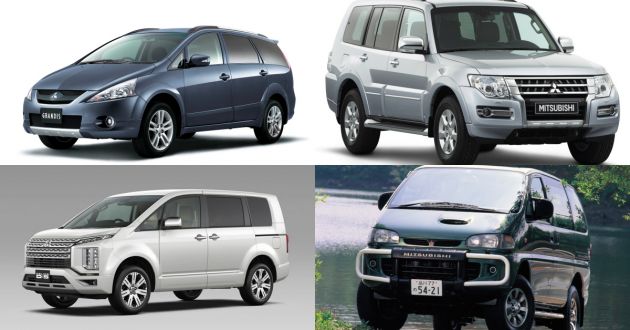
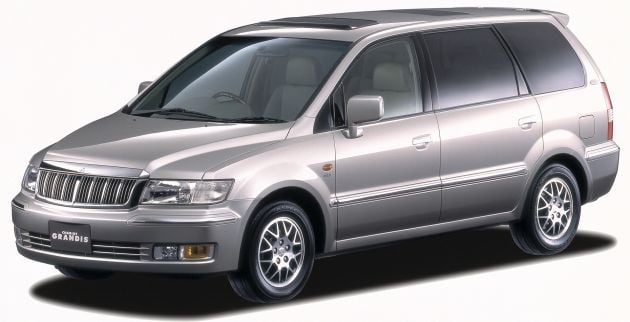









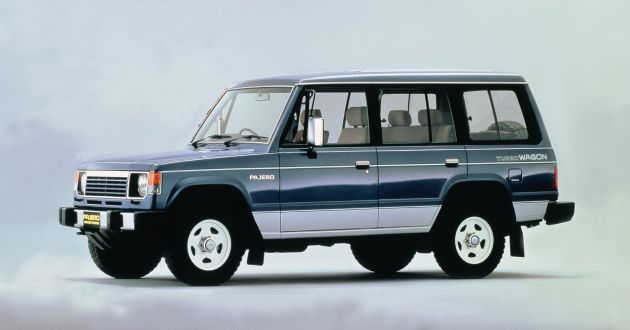
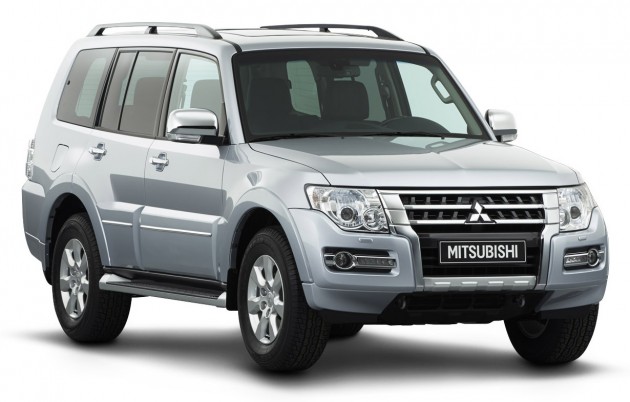


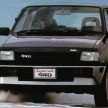
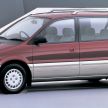
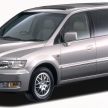
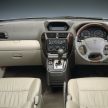
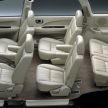
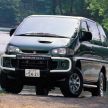
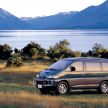
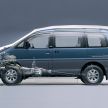
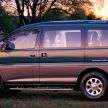
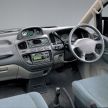
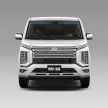
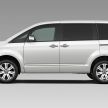
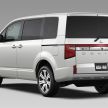
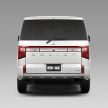
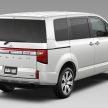


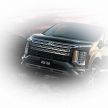
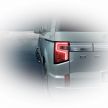
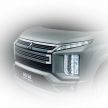
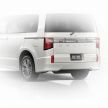
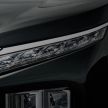

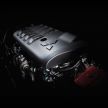
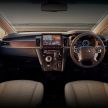
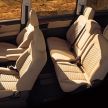
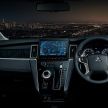

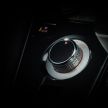
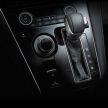
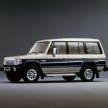
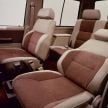
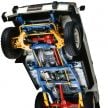
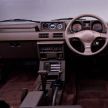

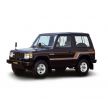

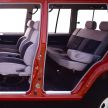
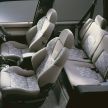
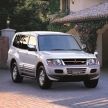
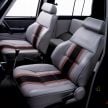
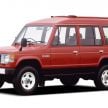
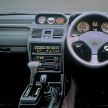
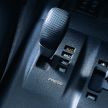



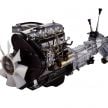
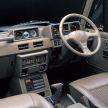
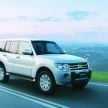
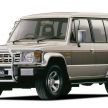
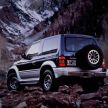
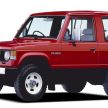
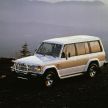
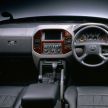
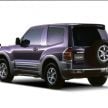
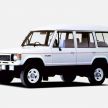
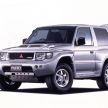


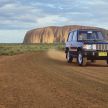
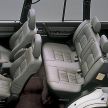
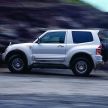

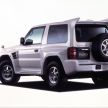
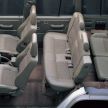
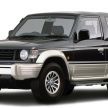
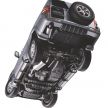
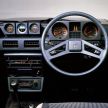
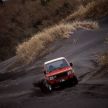
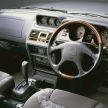
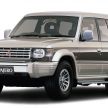
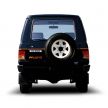
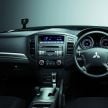

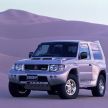
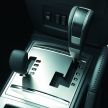
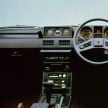
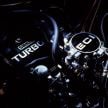
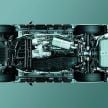
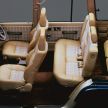

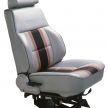
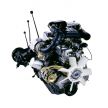

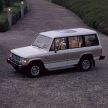
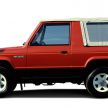
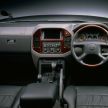
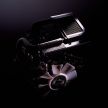
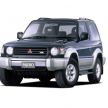
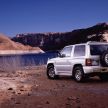
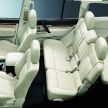
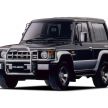
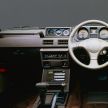
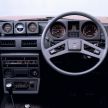
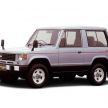
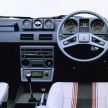
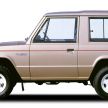

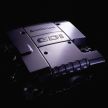
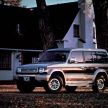
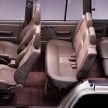
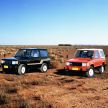
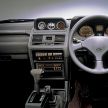
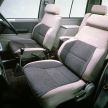
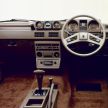
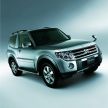
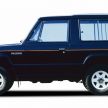
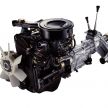

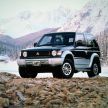
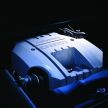
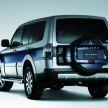
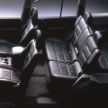
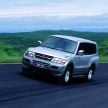
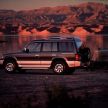
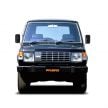
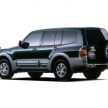
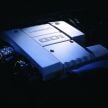
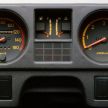
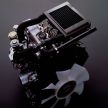

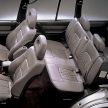
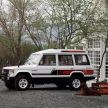
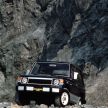

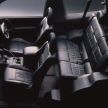

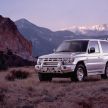
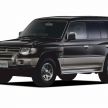

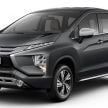
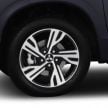
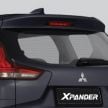
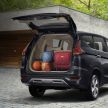
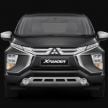
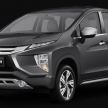

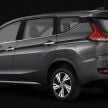
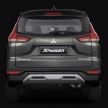
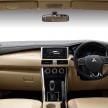
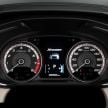
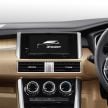
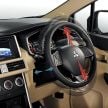
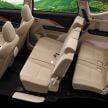












Don’t forget to bring in the delica powered by triton’s 2.4 litre diesel.
Mitsubishi outlander new generation is around the corner too, share platform with nissan xtrail/rogue
Actually. This company product is good but just that their refresh rate is slow and not consistent in their product range. Presence not consistent. If they keep up to their consistency like Honda or Subaru, they can win. Best example Subaru..
One of the main problems with Mitsubishi is build quality and fit finish. I still remembered getting into an ASX test drive car at a Mitsubishi showroom and discovered the seat cushion was not attached properly and seat height adjustment already broken. The crossover was just launched back then (2010) and imported from Japan. I get it that it’s a test drive car so tear and damage were not avoidable, but the mileage was still very low.
My 2010 Grandis is still working like new. Really glad i got it . Pretty reliable MPV for my family.. and still going strong…
I am the owner of a Delica Space Gear LWB. I lift the 3″ and fit 31″ tires this MV was transformed. I fit a smaller coil spring inside they factory stock springs. I fetch15sacks of cement comfortable
This vehicle is in a class all by it self. My family comprised of 8 persons fit comfortable in it and I feel safe. I am really upset that Mitsubishi stopped the producti of this model.All that this vehicle needed was an improved suspension, In crease wheel thread, take out the angle on the side connecting to the roof to create more heaf space, create different styles of seat configuration. This would be the ULTIMATE DELICA SPACE GEAR. I hope that somebody at Mitsubishi will shear my ideas and give us the ULTI DELICA
It’s difficult to screen shots